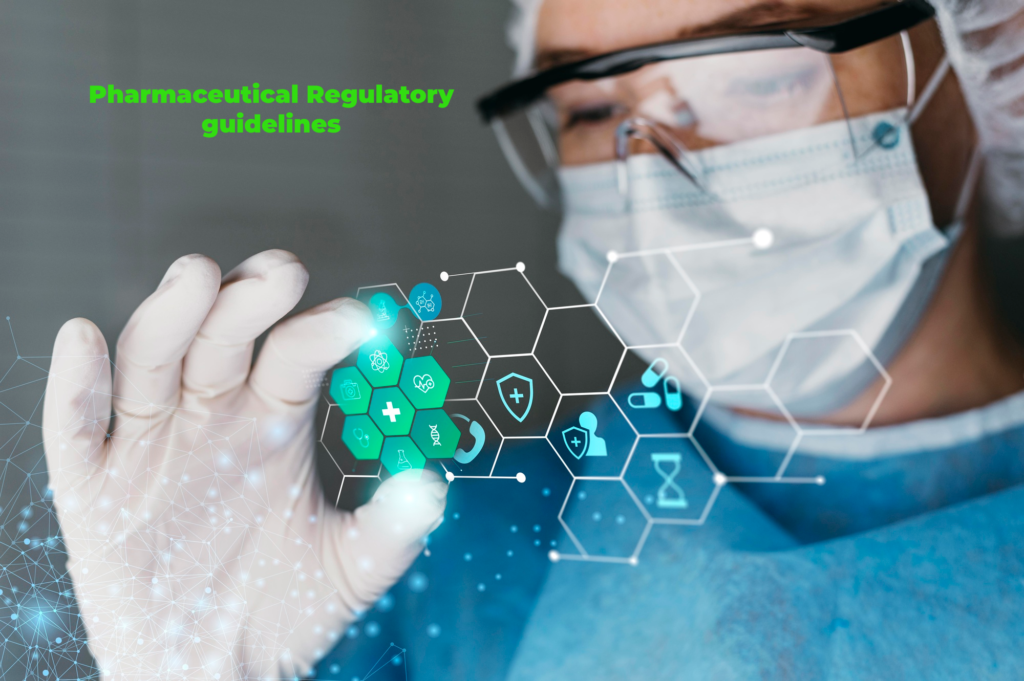Pharmaceutical Guidelines: Ensuring Safety and Quality in the Drug Industry
Discover the significance of pharmaceutical guidelines in ensuring the safety and efficacy of drugs worldwide. Learn about the roles of major regulatory bodies such as FDA, EMA, and Health Canada in setting industry standards. Explore the impact of adhering to these guidelines on the pharmaceutical landscape.
Pharmaceutical Guidelines: Ensuring Safety and Quality in the Drug Industry Read More »


